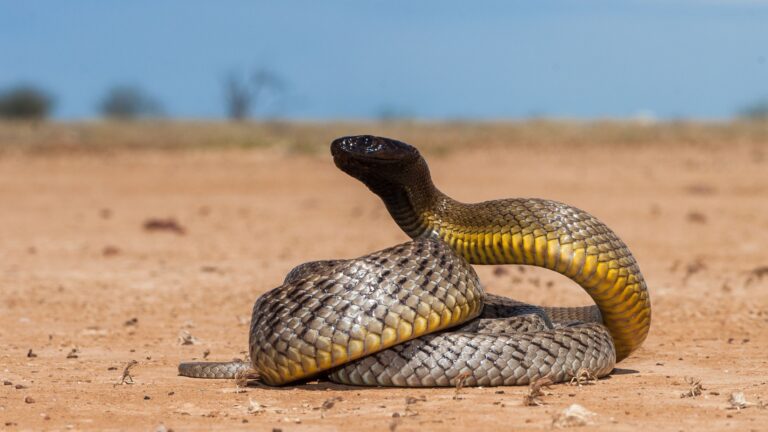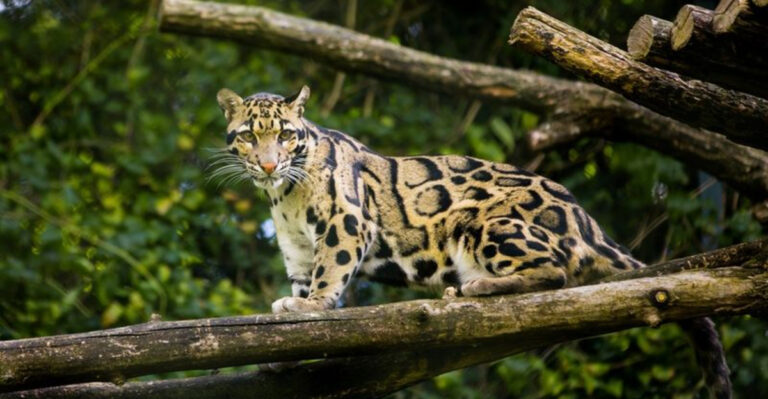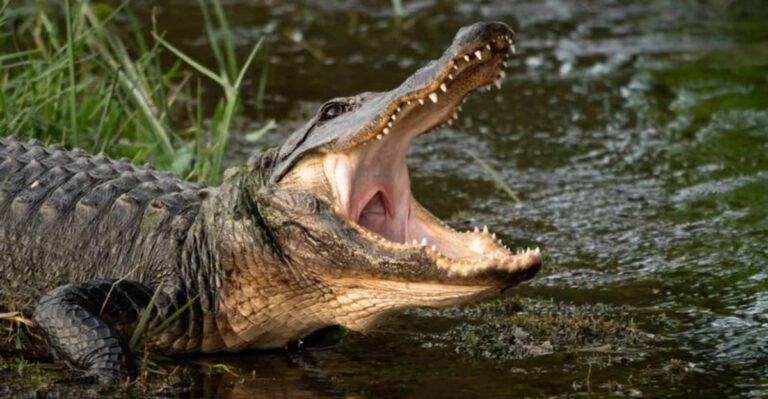New Leaf-Toed Creature Discovered Wandering At Night In Cambodia
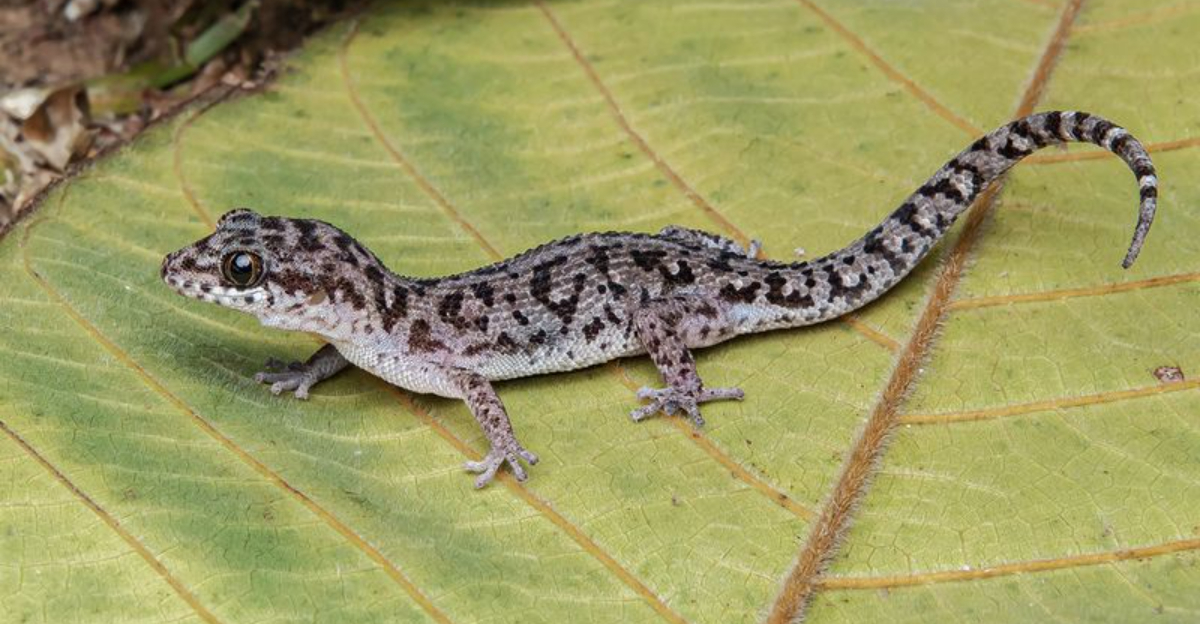
Scientists have made an exciting discovery in Cambodia’s Battambang region – a previously unknown species of leaf-toed gecko. This small nocturnal creature, with its distinctive toe pads shaped like leaves, has managed to stay hidden from researchers until now.
The finding adds to our understanding of biodiversity in Southeast Asia and highlights how many amazing animals still remain undiscovered in remote areas.
Midnight Wanderer Finally Spotted
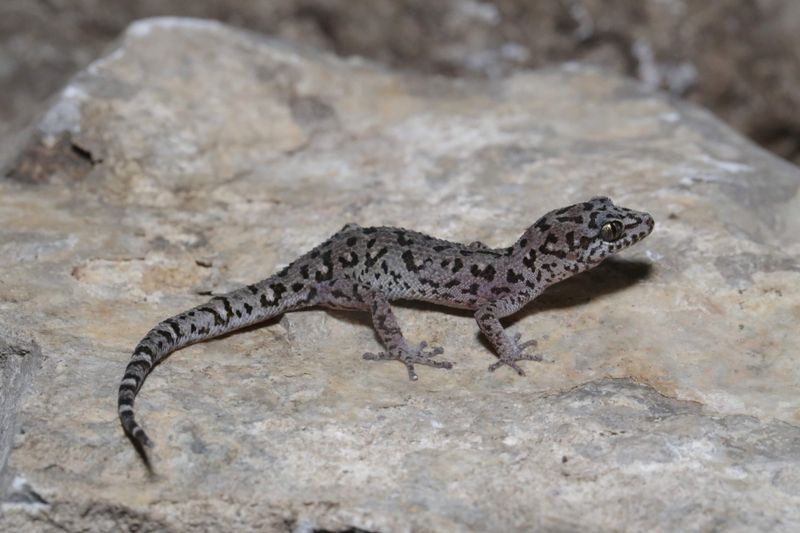
Researchers stumbled upon this elusive gecko during a nighttime expedition in Cambodia’s western forests. Using special red-light headlamps to avoid disturbing nocturnal wildlife, the team observed the creature climbing vertical surfaces with remarkable ease.
Its movement pattern—quick dashes followed by complete stillness—initially made it difficult to document.
Named After Its Home Region
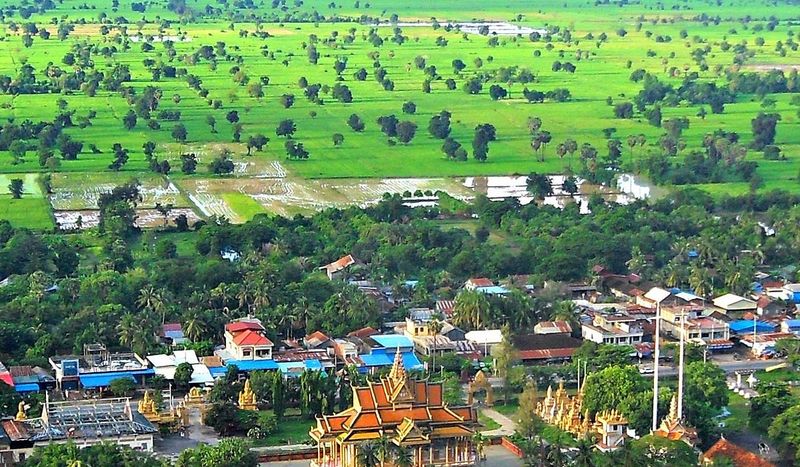
Scientists christened the species Hemiphyllodactylus battambangensis, honoring the Battambang province where it was discovered. Naming new species after their location helps create geographical reference points for future researchers.
This practice connects wildlife directly to specific ecosystems and local conservation efforts.
Tiny But Mighty Hunter
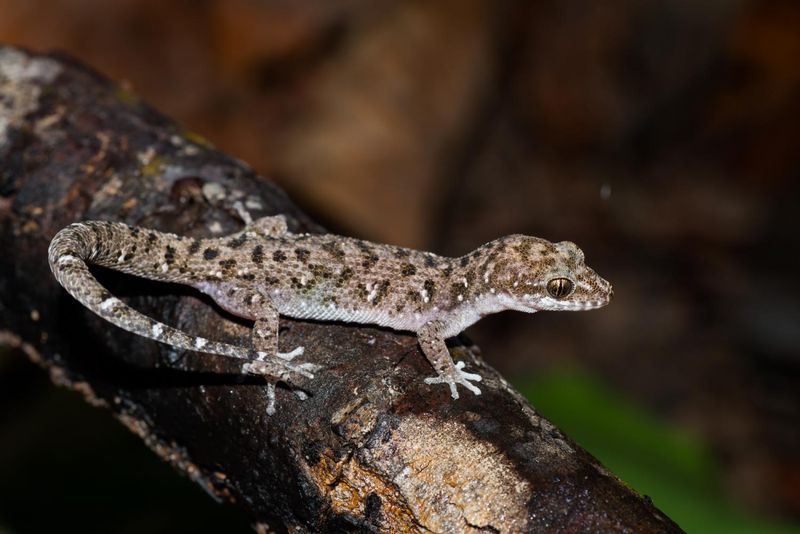
Despite measuring just over four inches from snout to tail, this gecko is a formidable predator in its miniature world. Its diet consists primarily of small insects like mosquitoes, ants, and termites.
With lightning-quick reflexes, it snatches prey using a specialized tongue that can extend almost half its body length!
Nature’s Velcro System
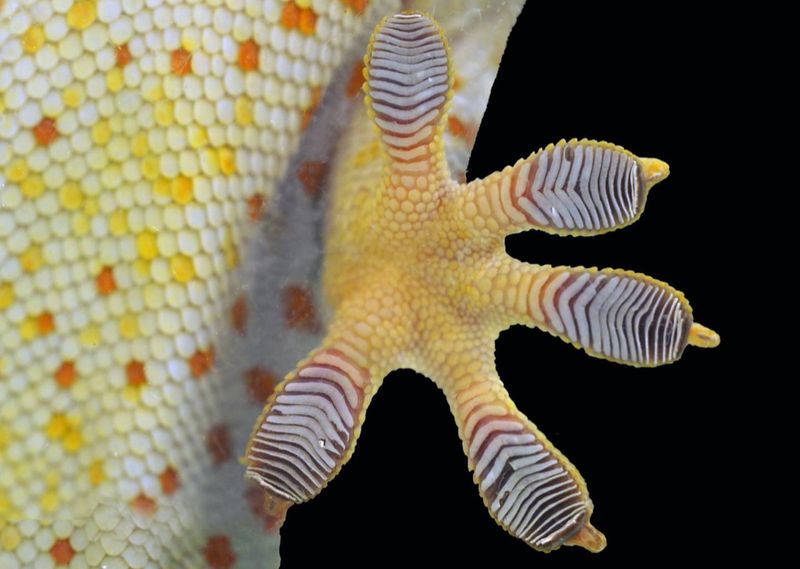
Those remarkable leaf-shaped toe pads aren’t just for show! Each pad contains thousands of microscopic hair-like structures called setae that create molecular bonds with surfaces.
This natural adhesive system allows the gecko to climb smooth vertical surfaces and even hang upside-down from leaves and branches without falling.
Masters Of Camouflage
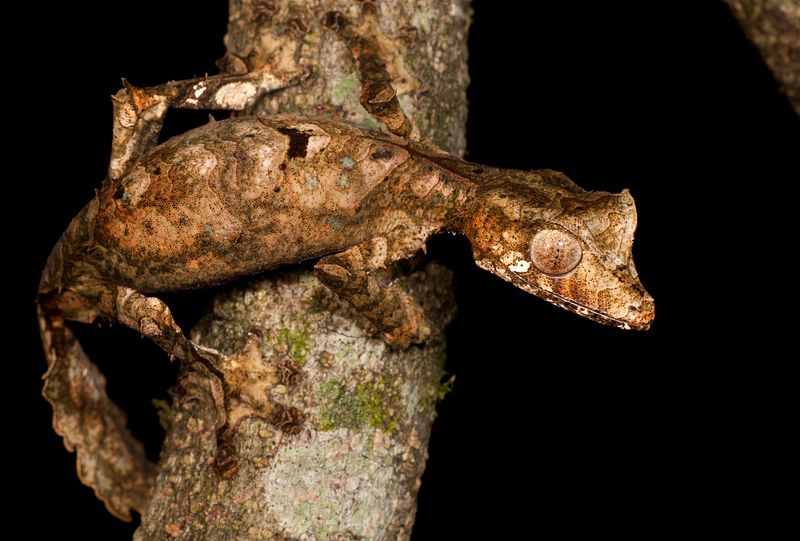
During daylight hours, these geckos become virtually invisible against tree bark and foliage. Their mottled brownish-green skin perfectly mimics the patterns of lichen and moss found in their forest habitat.
Even their leaf-shaped toes blend seamlessly with actual leaves, creating a remarkable disguise that fooled scientists for decades.
Living In Limestone Landscapes
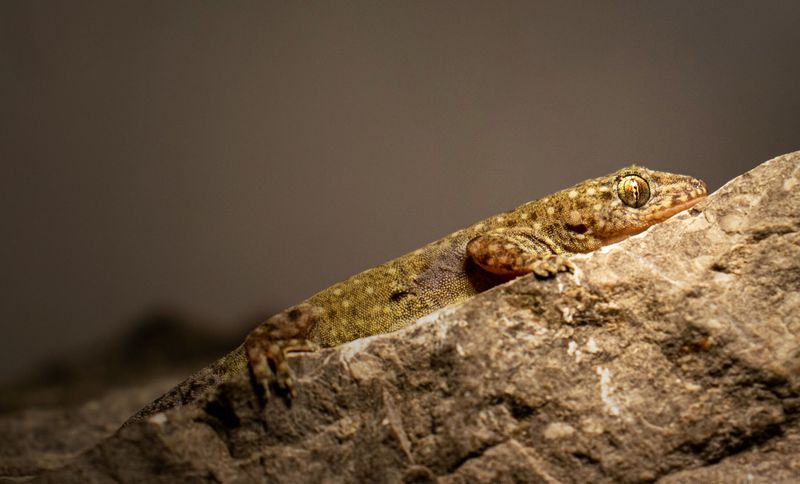
The Battambang leaf-toed gecko calls Cambodia’s karst limestone formations home. These ancient rock structures create a unique microclimate with plenty of crevices for hiding during the day.
The porous limestone also harbors moisture, providing ideal humidity levels that keep the gecko’s sensitive skin from drying out.
Eyes That See In Darkness
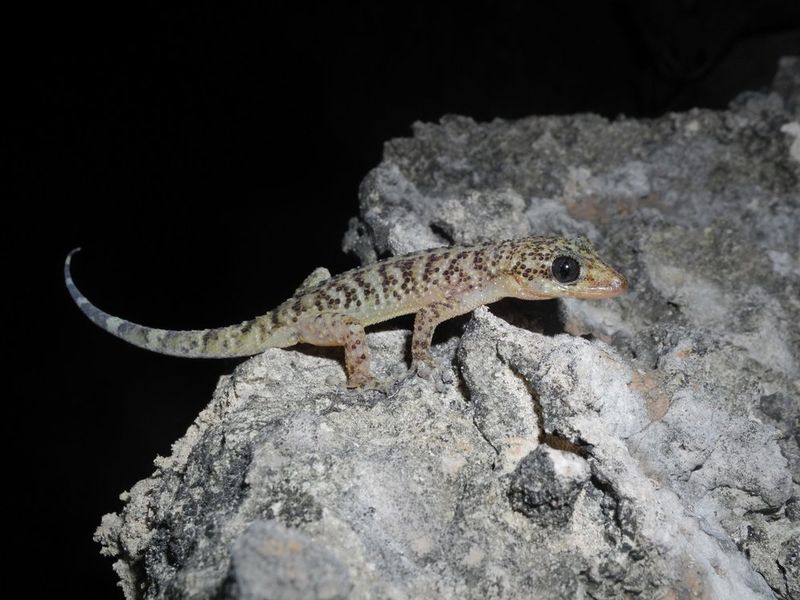
Reddish-gold eyes with vertical pupils give these geckos exceptional night vision. Their eyes are approximately 350 times more sensitive to light than human eyes!
Unlike many nocturnal animals, they see color even in near-darkness, helping them spot colorful insects and avoid potential predators like snakes.
Vulnerable To Changing Climate
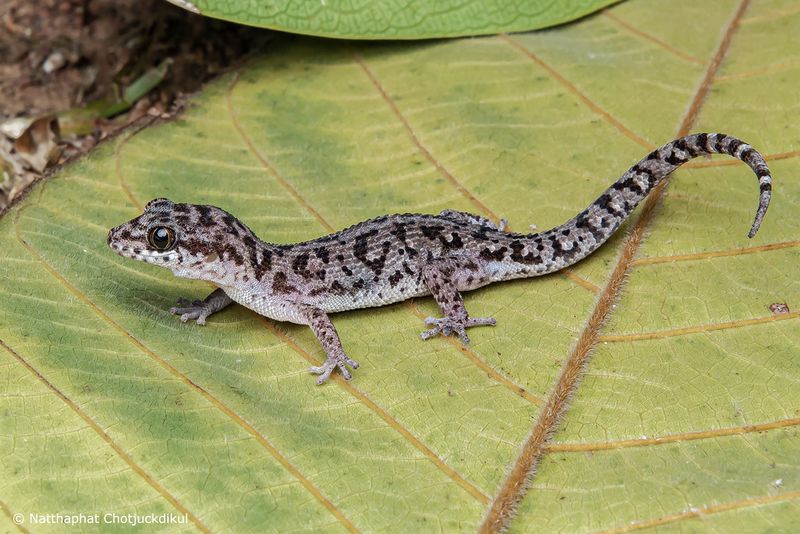
Forest fires and deforestation pose serious threats to this newly discovered species. The gecko’s specialized habitat requirements make it particularly sensitive to environmental changes.
Researchers worry climate change could disrupt the delicate moisture balance these creatures need for survival, potentially endangering them before we fully understand their life cycle.
Voice Of The Forest
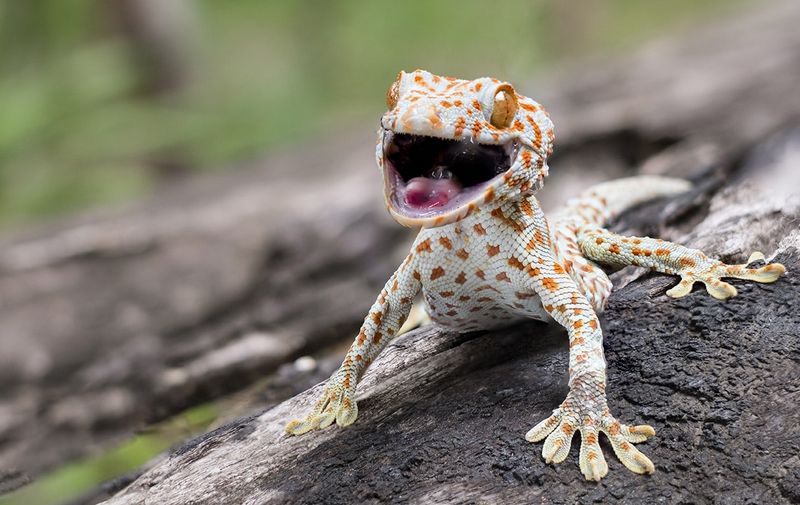
Unlike many geckos that make chirping sounds, the Battambang leaf-toed gecko communicates through soft clicks barely audible to human ears. Males produce these sounds during territorial displays and mating rituals.
Females respond with even quieter vocalizations, creating a secret nighttime conversation throughout the forest canopy.
DNA Reveals Ancient Origins
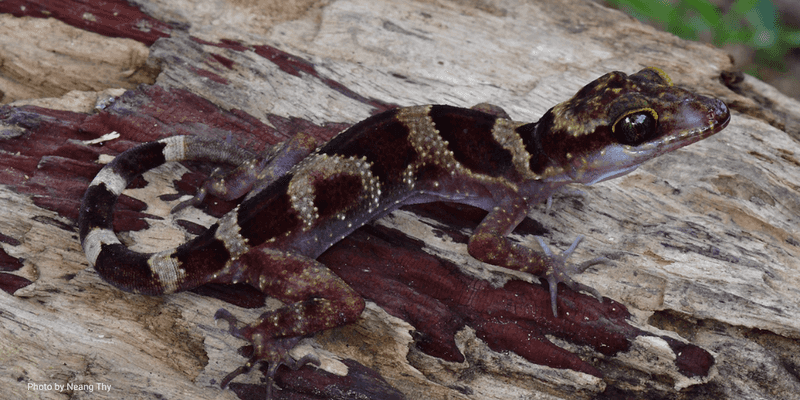
Genetic analysis shows this species diverged from its closest relatives approximately 8 million years ago! This evolutionary split occurred when shifting tectonic plates created new mountain ranges across Southeast Asia.
The gecko’s DNA contains unique adaptations for surviving in its specialized ecological niche, making it a living window into prehistoric Cambodia.
Gateway To Further Discoveries
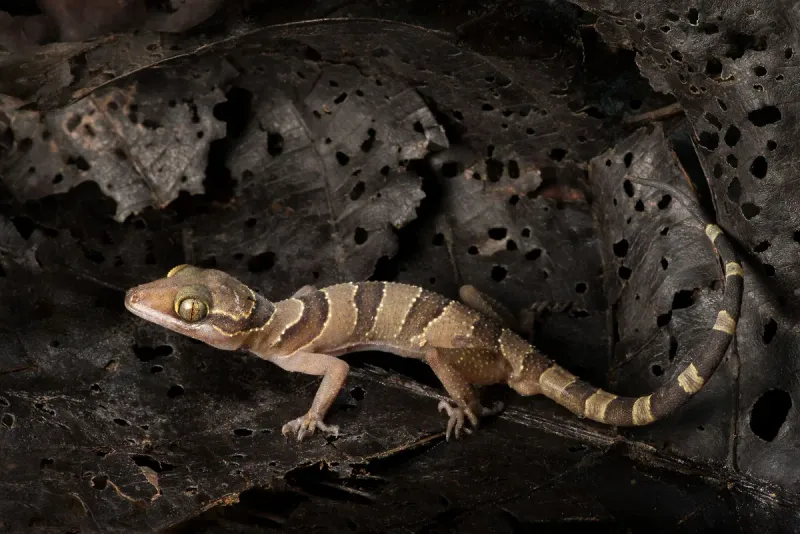
Herpetologists believe the Battambang leaf-toed gecko is just the beginning. Cambodia’s unexplored forests likely harbor dozens more undiscovered reptile species waiting to be found.
This discovery has sparked renewed scientific interest in the region, with international research teams planning expeditions to document Cambodia’s hidden biodiversity before it’s lost forever.

